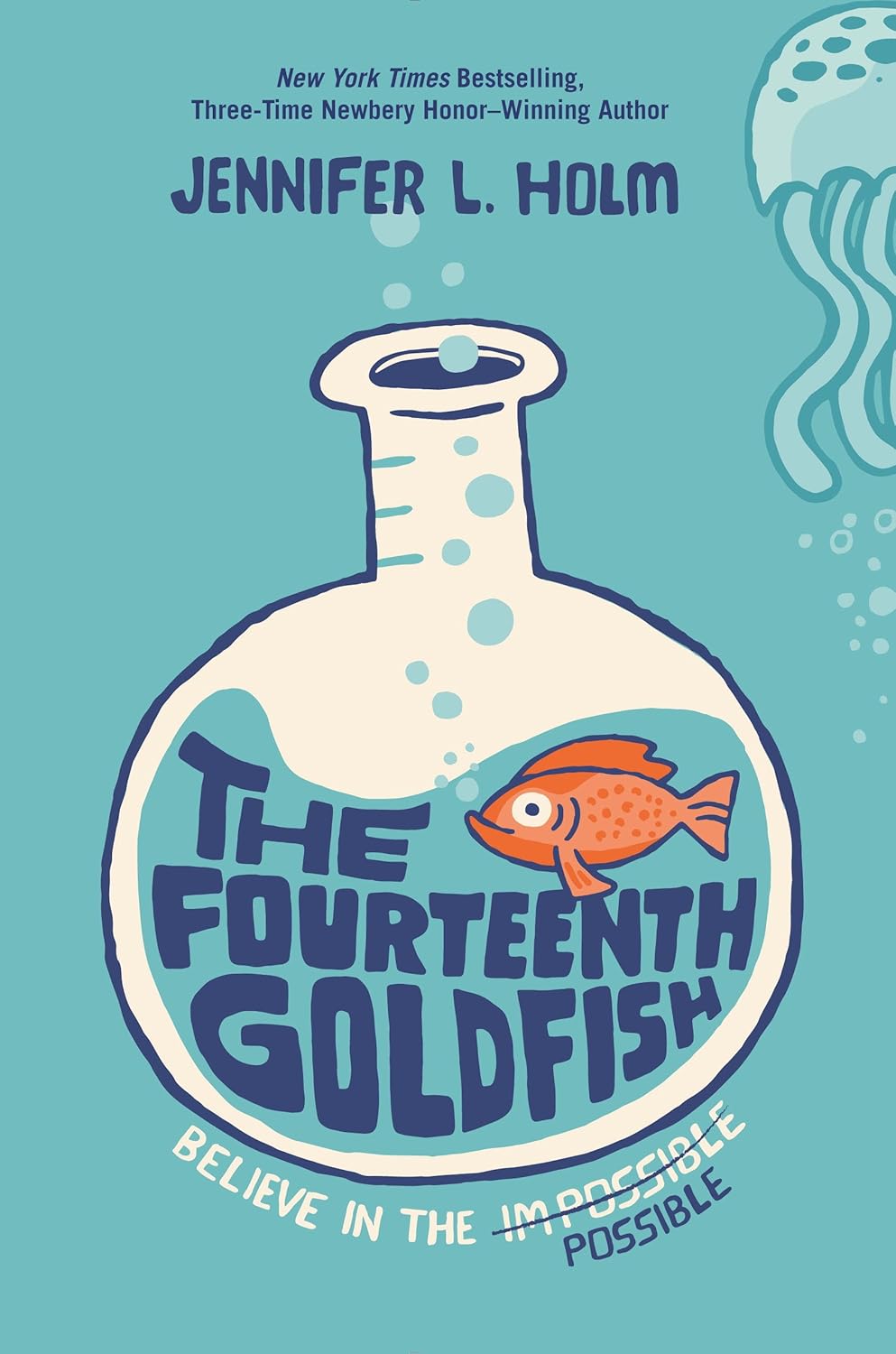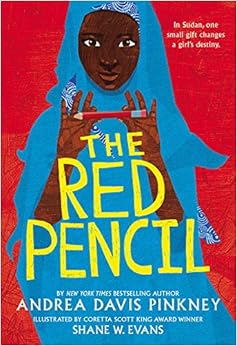8, 608 was the final number of books read in the Middle School by the 258 that participated. That's 33.4 books on average. Though, every student didn't reach the 40 book mark, the majority did read more than they had in years past. This is an achievement in and of itself.
We tracked the numbers on a Google docs spreadsheet and had the kids decorate a sheet with the number they completed when they came to the library for the last time. This resulted in some adorable pictures, a colorful display and a celebration of what they had accomplished.
The thing that impressed me most about the challenge was not that some students completed well over 100 books, but that students were honest (for the most part) about the number of books they did read. When we rolled out the challenge at the beginning of the year, many wanted to know what the "prize" was for achieving this number. Upon finding out there was none, a few wrote off the challenge all together, while others were unfazed and diligently tracked their books, swapped recommendations, and carried out books by the armful. This proved what I suspected: prizes don't result in honest participation.
What does make a difference:
- Teachers participating in the challenge with the students. The classes of the teachers that read with the students during their time in the library read a great deal more than those that didn't.
- Allowing time to read during class. Using library day as a time to catch up on work or skipping it consistently sends the message that reading isn't a top priority.
- Exchanging reviews online and in person. There is nothing kids like more than sharing their opinion. We used Biblionasium for the students to exchange recommendations and post reviews. The platform worked well, but is more suitable for younger students. However, no matter the age, students that take part in book discussions read more.
- Individual teachers following up with students that have been "reading" the same book for ages. It's simply not possible for the librarian to keep tabs on hundreds of kids' reading. It takes the buy-in from the teacher to make sure that students read.
All in all, I thought the challenge was a success, though, I will change a few things if it's done in the future.
- Only work with the teachers that choose to participate and have them introduce the challenge. We spent a good deal of time at the beginning of the year meeting with each Middle School class individually. Some teachers bought-in while others never mentioned the challenge again. I would still support the challenge in the library with displays and by personally participating, but I wouldn't do all of the work.
- Use a different recommendation platform for older students. Though, I thought Biblionasium was wonderful for 5th and 6th grade I would opt for something like LibraryThing or Good Reads for 7th and 8th grade.
- I would have fewer genres or none at all. We had 9 different genres to complete, which many students forgot about. I think it would be best for individual teachers to determine what genres they wanted to focus on or to not have any if they so chose.
















